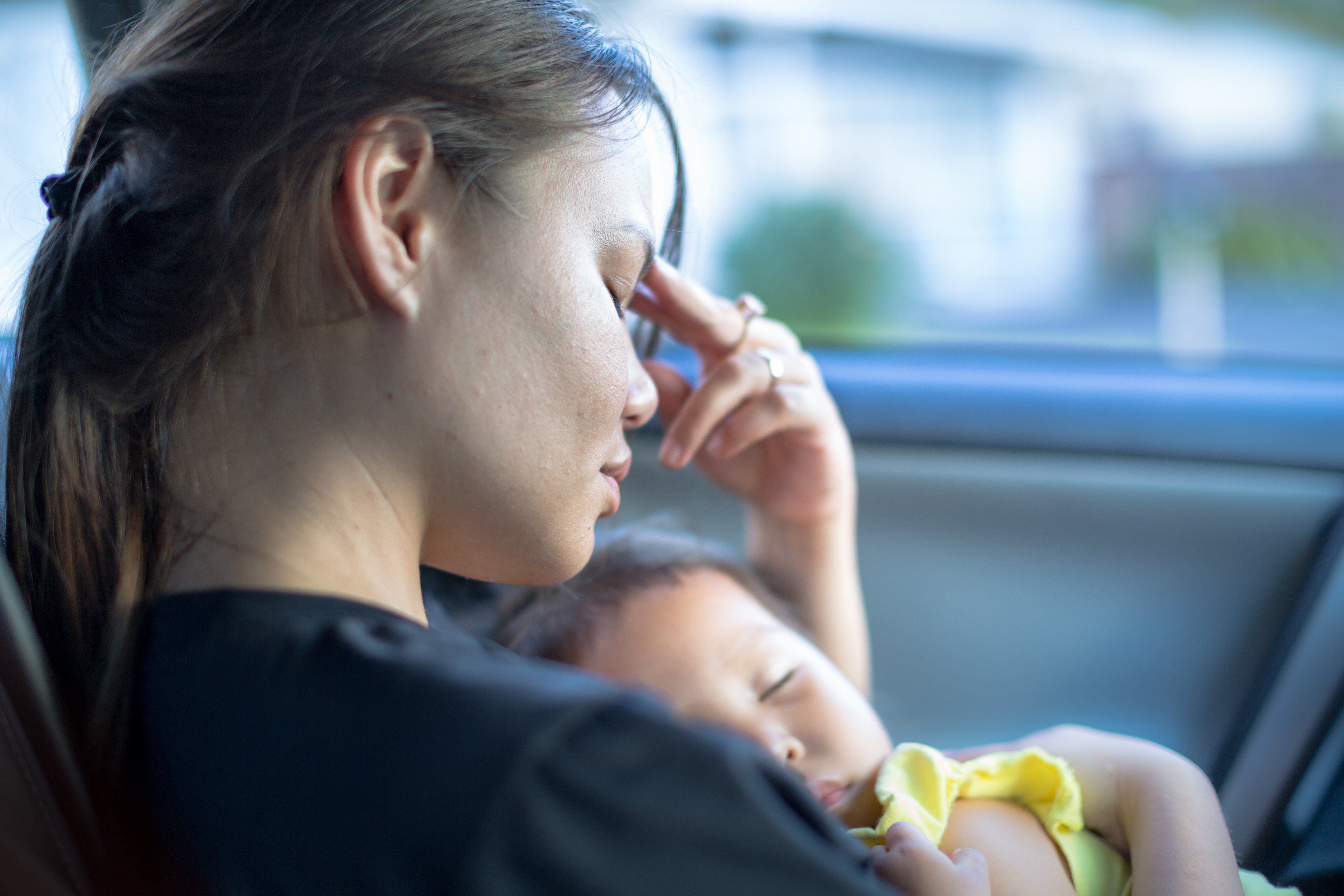Article
Pregnancy and Postpartum Suicide Risk: The New Numbers
Author(s):
Suicide attempts among pregnant or postpartum mothers have nearly tripled over the past decade.
globalmoments/AdobeStock

A new study1 finds that suicide attempts during pregnancy and after childbirth are increasing, nearly tripling over the past decade Nearly 24,000 individuals are at risk for suicide. Suicide is already among the leading causes of deaths among new mothers, and pregnancy/post-delivery are considered risky times for depressive symptoms.
“Suicide deaths are a leading cause of maternal mortality in the US. It is a public health crisis that has silently grown worse,” lead author Lindsay Admon, MD, MSc, an obstetrician-gynecologist at Michigan Medicine Von Voigtlander Women’s Hospital and researcher with the University of Michigan Institute for Healthcare Policy and Innovation, said to the press.2
Evaluating data from the Maternal Behavioral Health Policy Evaluation (MAPLE) study, researchers found 2683 out of 595,237 insured mothers aged 15 to 44 across the US had suicidal ideation or thoughts of self-harm. According to the findings, the prevalence of suicidal thoughts or self-harm in childbearing individuals in the years pre- and post-pregnancy almost tripled between 2006 and 2017.
Maternal suicidality overall increased from 0.2 to 0.6%, with the greatest increases seen among Black; low-income; younger individuals; and people with comorbid anxiety, depression, or serious mental illness.
“The increases and disparities in suicidality over time, and the likelihood that suicidality is both under detected and under treated remains concerning,” stated Kara Zivin, PhD, senior author and professor of psychiatry and obstetrics and gynecology at the University of Michigan, who personally struggled with suicidality during her own pregnancy. “This research indicates we have more policy and clinical work to do to support struggling women and their families.”2
Zivin also noted numbers can be hard to pinpoint, as maternal mortality statistics reported by the Centers for Disease Control and Prevention (CDC) excludes suicide deaths by listing them as incidental or accidental. However, during pregnancy, women are in much more frequent contact with their health providers. This increases opportunities for doctors to identify depressive symptoms during pregnancy and postpartum.
“We need to improve screening for mental health wellness during and after pregnancy,” Admon said. “We know that untreated mental health conditions put both moms and their children at higher risk for adverse health outcomes, including preterm birth and maternal suicide.”2
Admon and her fellow study authors had this to say about what steps need to be taken in the future: “We need to seek health system and policy avenues to better identify suicidal symptoms in childbearing women. It’s critical that we intervene as early as possible and provide necessary therapies to reduce the risk of the most tragic outcome.”2
References
1. Admon LK, Dalton VK, Kolenic GE, Ettner SL, et al. Trends in Suicidality 1 Year Before and After Birth Among Commercially Insured Childbearing Individuals in the United States, 2006-2017. JAMA Psychiatry. 2020:e203550.
2. University of Michigan. Suicide Risk During Pregnancy, After Childbirth on the Rise. News release. November 16, 2020. https://www.newswise.com/articles/suicide-near-misses-during-pregnancy-after-childbirth-on-the-rise






